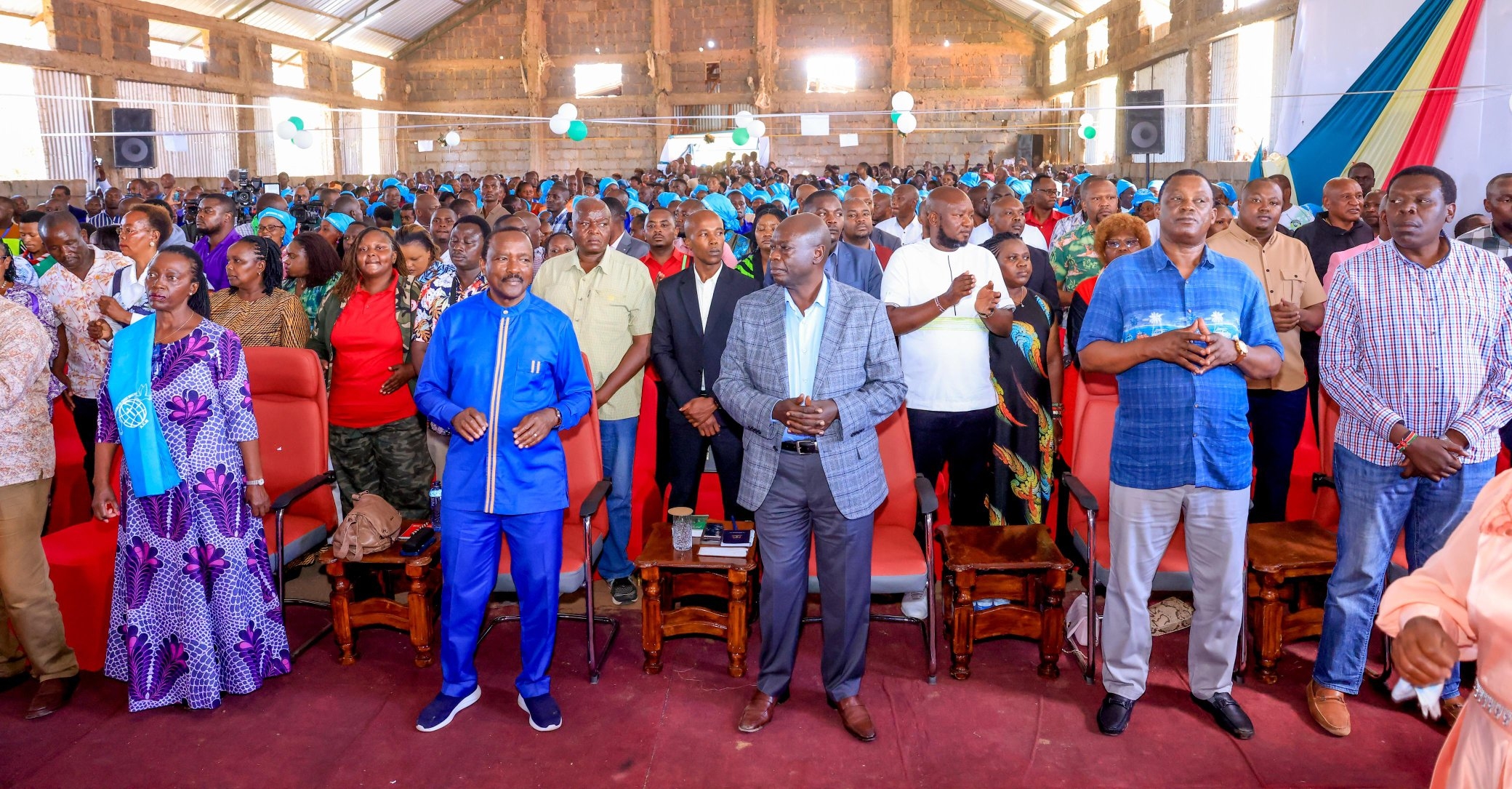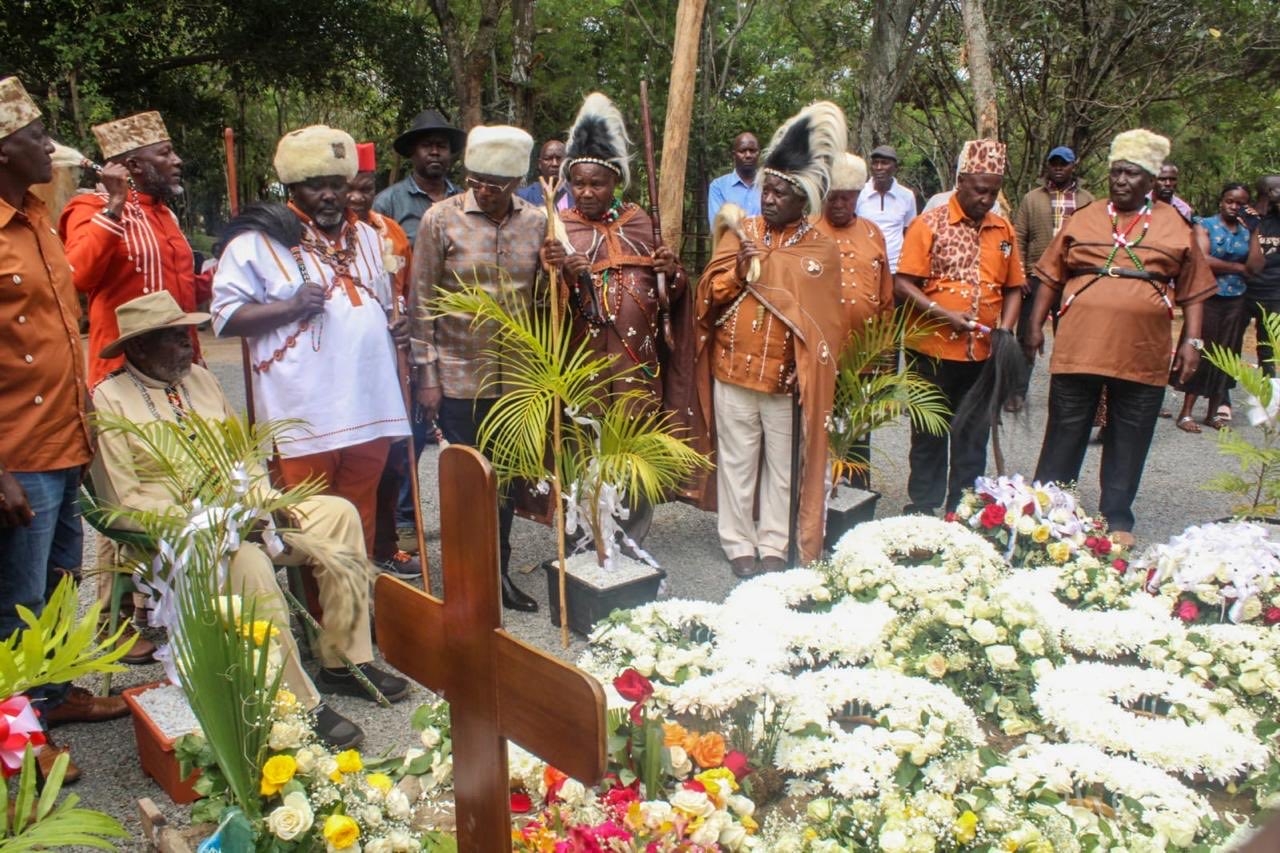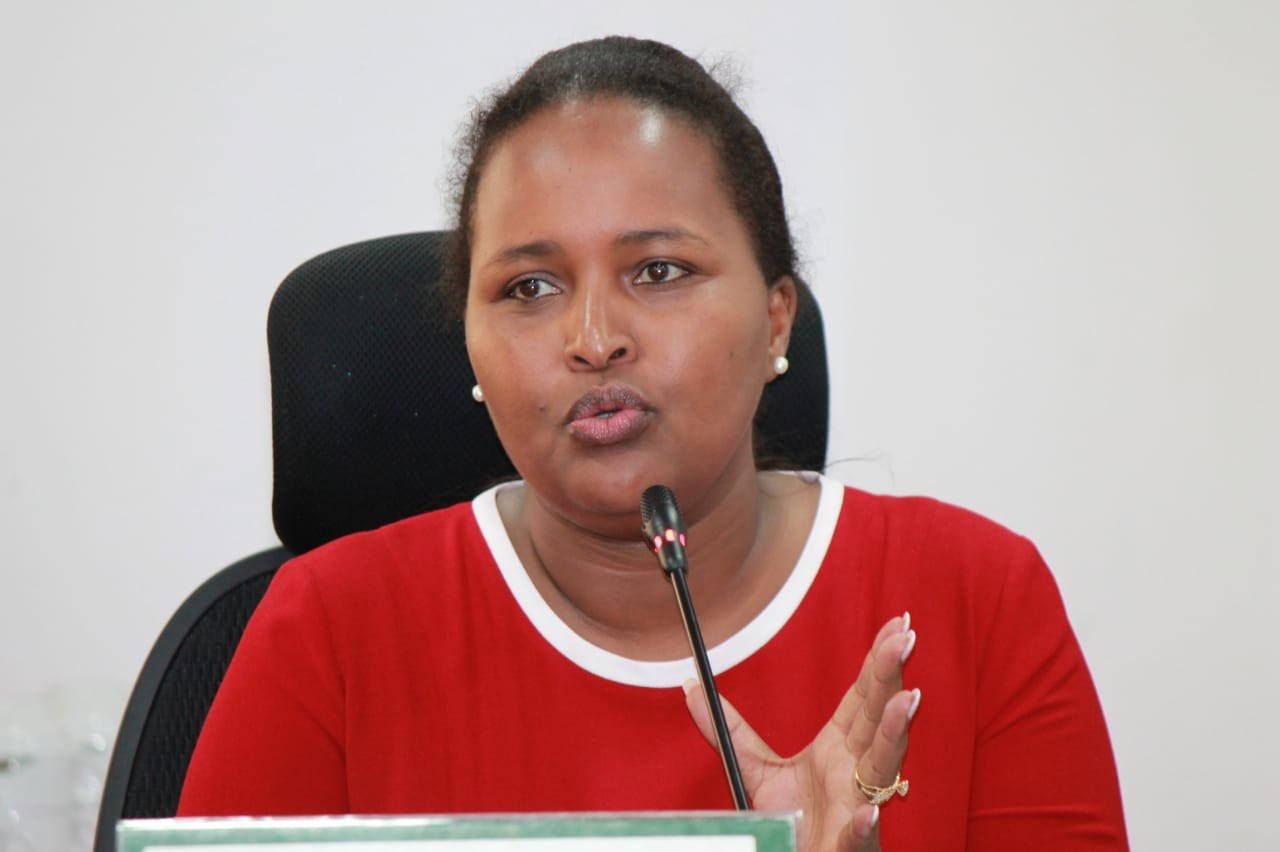As climate change shapes ecological conditions and weather patterns, humans have turned to new inventions to overcome negative impacts.
Inland cage fish farming is the latest exciting creativity that has caught the eyes of career farmers.
Although the new farming system is not currently popular in Kenya, the effects of water pollution and climate change may steer the country towards it.
In Awendo Sub-county, one farmer is eager to set up a fish-rearing enterprise outside the natural habitat.
The construction of a man-made linear dam at Ranenville Aqua Farm deconstructs the myth that cage farming can only be done in large water bodies like Lake Victoria and the Indian Ocean.
The 80-metre deep manmade Ranenville Aqua dam has the prerequisite to hold 13 cages, making it one of the biggest unnatural water masses on land and home to vast cage farming in the Nyanza Region.
According to Denis Odhiambo, an aqua-culturist and manager of Ranenville Aqua Farm, each of the 13 single cages provides a home to 4,000 tilapia. This is a huge and promising investment, given there is a readily available market at Migori Rio Fish Limited.
Odhiambo says one inland cage kit measuring 2.5 in width, five metres in length and three metres in depth can accommodate four standard fish ponds.
The Aquafarm has the F8 generation Nile tilapia, a new and improved breed obtained from the Sagana Aquaculture Centre. This tilapia strain matures faster and is highly nutritious.
Besides being opportunistic and omnivorous, the strain resists poor water quality and commonplace diseases.
Odhiambo said the fish are fed eight times a day to achieve the growth rate of size four in three months.
“We usually harvest our fish every four months due to the intensive culture system in the cages. In a year, we harvest twice as compared to ordinary pond fish farmers who harvest only once,” Odhiambo said.
Due to its confined nature, the dam is cleaned twice to keep the water fresh for fish survival.
Odhiambo said the biggest advantage of inland fish is its ability to be in a controlled environment. This prevents pollution, the emergence of aquatic vegetation like water hyacinths and reduced competition from exotic species and other sea predators found in open water bodies.
Inland caging has also enabled the fish to adapt to conditions within the dam or reservoir.
In 2023, 135 cage fish farmers lost stock worth Sh884 million and Sh43 million in Kisumu and Homabay counties respectively due to inopportune conditions in Lake Victoria — an open water body.
In 2023, Ranenville Aqua Farm, introduced fingerlings and feed production to cater for its high demand in the local market.
Odhiambo advised fish farmers to employ creativity, exercise patience and have the right mind. He also urged them to attend training to acquire technical skills in aquaculture and join Saccos for easier marketability.
He acknowledges that creative skills and technical knowledge can be obtained from organisations like the Aquaculture Business Development Programme.
ABDP has been supporting the development of the fish enterprise, community nutrition initiatives and the aquaculture value chain development in rural areas.










